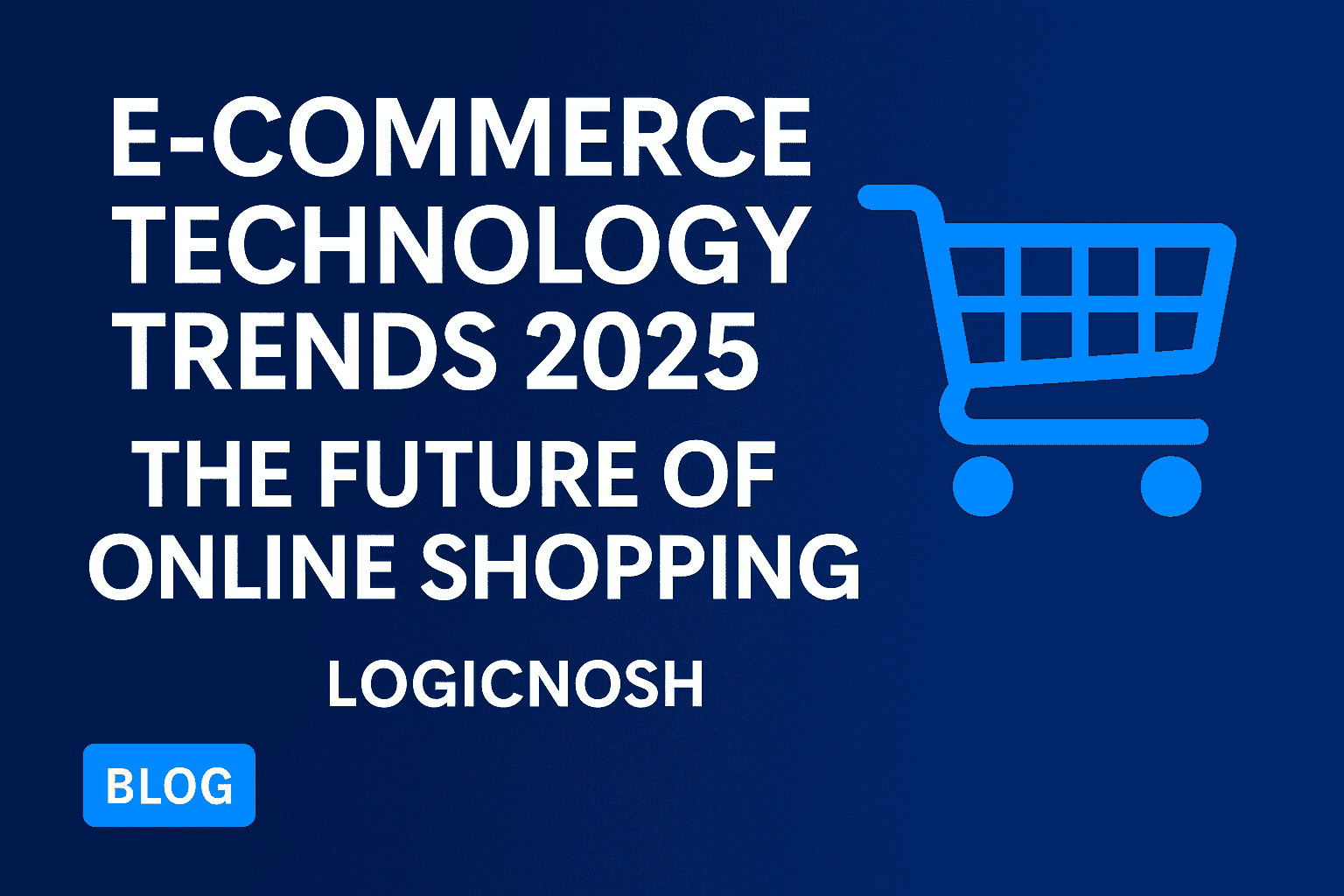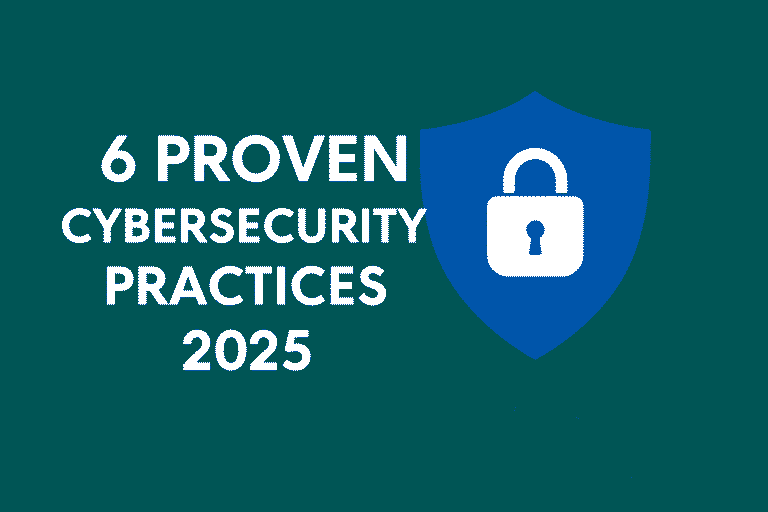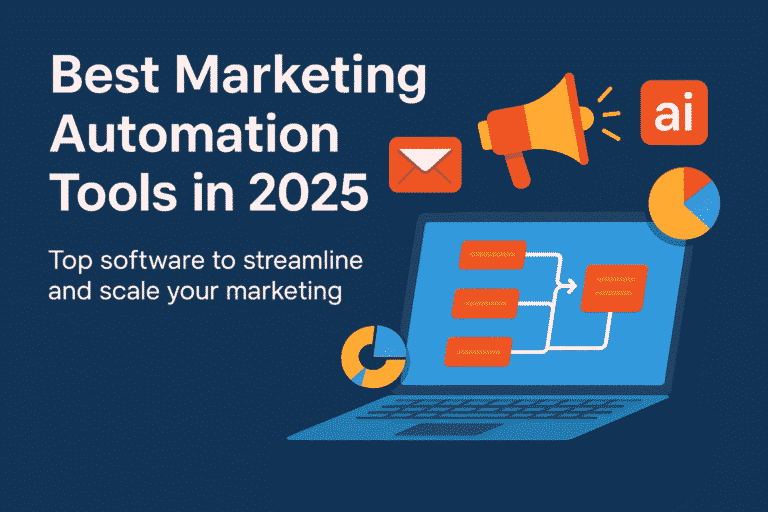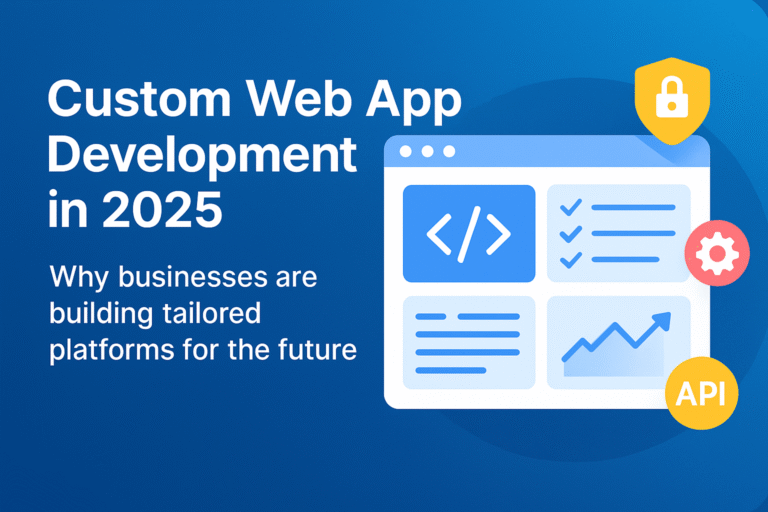E-commerce Technology Trends 2025: The Future of Online Shopping
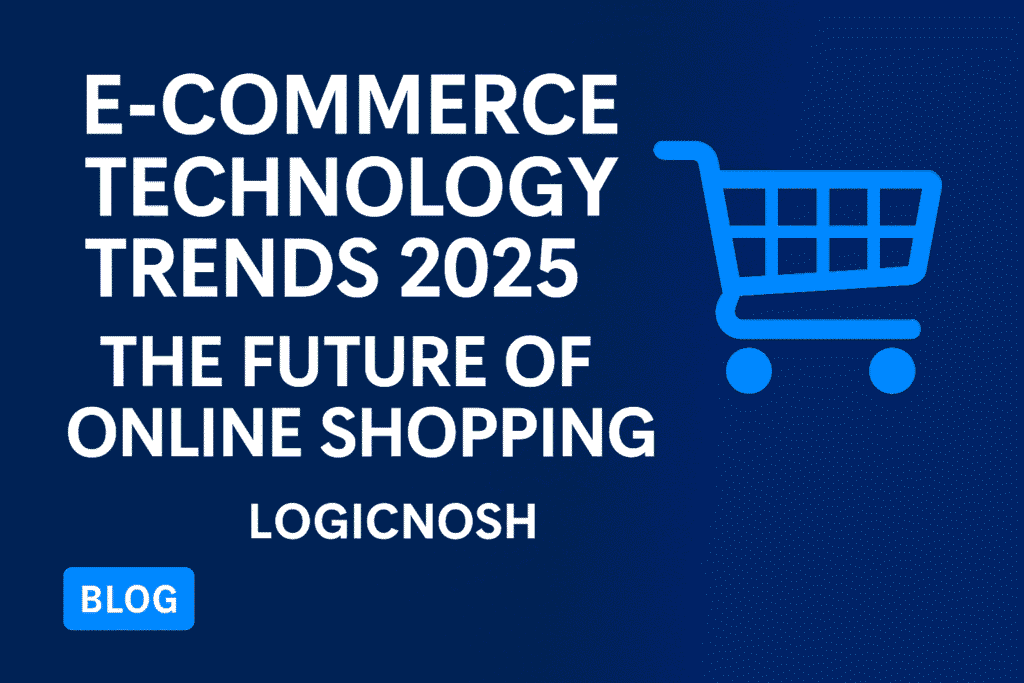
Introduction
The digital shopping landscape is evolving at lightning speed. In 2025. E-commerce Technology Trends 2025 is no longer just about product listings and checkout pages it’s about immersive, intelligent, and frictionless customer experiences. New technologies like AI, AR, blockchain, and headless architectures are reshaping how online stores operate, while consumers demand faster, greener, and more personalized interactions.
Businesses that want to thrive in this competitive space must stay ahead of the curve. Following E-commerce Technology Trends 2025 isn’t just optional—it’s the difference between growth and decline.
At LogicNosh, we help startups, SMEs, and enterprises adopt cutting-edge e-commerce solutions. In this blog, we’ll explore the key E-commerce Technology Trends for 2025, explain why they matter, share examples, and provide a roadmap for adopting them.
1. AI-Driven Personalization
Artificial Intelligence is the backbone of E-commerce Technology Trends 2025. Customers expect experiences that feel tailor-made, and AI delivers exactly that.
How AI Powers E-commerce Today:
- Personalized Recommendations: Algorithms analyze purchase history, browsing behavior, and preferences to show highly relevant products.
- Dynamic Pricing: Prices adjust automatically based on demand, inventory, and competitor benchmarks.
- AI Chatbots: Customers get 24/7 assistance for FAQs, order updates, and personalized product suggestions.
👉 According to Shopify, AI-driven personalization can increase conversion rates by 20–30%.
Example: Netflix’s recommendation system and Amazon’s “Customers who bought this also bought…” feature are now standard expectations for online shopping.
💡 Internal Link: Learn how our E-commerce Development Services integrate AI for personalization.
2. Augmented Reality (AR) Shopping
Online shopping often lacks the “touch and feel” factor. In 2025, AR bridges that gap by allowing customers to interact with products virtually.
AR in Action:
- Furniture & Home Decor: IKEA lets users place 3D models of furniture in their rooms before buying.
- Fashion & Apparel: Virtual try-ons for clothes and accessories reduce returns.
- Beauty & Cosmetics: Sephora’s AR app allows shoppers to test makeup shades in real-time.
👉 A study by BigCommerce shows 71% of shoppers prefer brands offering AR experiences.
Benefit for Businesses: Lower return rates, higher engagement, and stronger brand loyalty.
3. Headless E-commerce Platforms
Headless commerce separates the front-end user experience from the back-end infrastructure. This flexibility allows businesses to deliver faster, omnichannel, and highly customized shopping experiences.
Benefits of Headless Architecture:
- Speed & Performance: Faster page loads improve conversion rates.
- Omnichannel Delivery: Use one backend to power apps, websites, IoT devices, and voice assistants.
- Future-Proofing: Easily adopt new front-end frameworks (React, Vue, Next.js) without changing backend logic.
👉 Tools like Shopify Plus, BigCommerce, and Strapi are leading the headless revolution.
💡 Internal Link: See how we implement Headless Web Development for our clients.
4. Voice Commerce & AI Assistants
In 2025, voice is no longer a novelty—it’s a mainstream shopping channel. With smart speakers, in-car assistants, and smartphones, customers increasingly use voice commands to shop.
Voice Commerce in Practice:
- “Alexa, order my usual coffee beans.”
- “Hey Siri, buy the shoes I saved in my cart.”
- “OK Google, reorder last week’s groceries.”
👉 By 2025, over 40% of online transactions will be influenced by voice technology (Gartner).
SEO Implication: Websites must optimize for conversational keywords like “best affordable running shoes near me” instead of short keywords.
5. Sustainable & Green E-commerce
Shoppers in 2025 don’t just care about price and speed—they care about sustainability.
Key Trends in Green Commerce:
- Carbon-Neutral Shipping: Partnerships with logistics providers offering eco-friendly delivery.
- Sustainable Packaging: Biodegradable or recyclable materials.
- Eco Filters: Customers filter products by sustainability ratings.
👉 According to Statista, 73% of Gen Z shoppers prefer sustainable brands.
Business Advantage: Building trust and aligning with global sustainability goals.
6. Blockchain & Web3 in E-commerce
Blockchain isn’t just for cryptocurrencies—it’s transforming trust in e-commerce.
Applications of Blockchain in 2025:
- Transparent Supply Chains: Customers can track product origins.
- Secure Payments: Crypto and stablecoins offer faster, cheaper, and safer transactions.
- NFT Loyalty Programs: Digital collectibles reward loyal customers.
👉 By 2025, over $1 trillion in retail transactions will involve blockchain.
💡 Internal Link: Explore our Case Studies to see how we integrate Web3 solutions.
7. AI-Powered Logistics & Smart Warehousing
Fast shipping is no longer optional—it’s expected. In 2025, AI + IoT revolutionize logistics.
Logistics Upgrades with AI:
- Robotics: Automated warehouses run with minimal human intervention.
- AI Forecasting: Predicts demand surges during holidays.
- Smart Inventory: Sensors track stock in real time.
👉 Amazon’s AI-powered logistics reduce delivery times by up to 30%.
Result: Lower costs, fewer delays, and better customer satisfaction.
8. Social Commerce & Shoppable Content
Social platforms are now full-fledged shopping ecosystems.
How Social Commerce Works in 2025:
- TikTok & Instagram: Shoppable posts, reels, and live shopping events.
- YouTube: Influencers selling products directly via livestream.
- Pinterest: Buyable pins simplify discovery-to-purchase.
👉 By 2025, social commerce sales will reach $1.3 trillion globally.
Pro Tip: Businesses must integrate product catalogs directly into social platforms.
9. Advanced Cybersecurity in E-commerce
The more transactions happen online, the higher the risk of cybercrime.
Best Practices in 2025:
- Zero Trust Security: Every login and device is verified.
- Multi-Factor Authentication (MFA): Prevents account takeovers.
- AI Fraud Detection: Monitors anomalies in real-time.
👉 According to NIST, Zero Trust reduces breaches by 50%.
Cost of Adopting E-commerce Technology in 2025
Implementing these technologies varies by business size:
- Small Businesses: $10,000–$25,000 (AI chatbots, AR plugins, voice search optimization).
- Mid-Sized Platforms: $30,000–$75,000 (headless architecture, blockchain payments, social commerce integration).
- Enterprise Solutions: $100,000+ (AI logistics, full-scale AR, NFT loyalty, global headless commerce).
Factors Affecting Costs: Customization, integrations, AI depth, cloud hosting, and security requirements.
Implementation Roadmap
- Audit Current Store – Identify gaps in tech and UX.
- Adopt AI Personalization – Start with chatbots and recommendations.
- Experiment with AR – Add try-ons for key product categories.
- Go Headless – Implement modular architecture for scalability.
- Enable Voice SEO – Optimize content for long-tail, conversational queries.
- Integrate Secure Payments – Accept digital wallets, crypto, and MFA.
- Leverage Analytics – Track Core Web Vitals, sales funnels, and AI reports.
FAQs on E-commerce Technology Trends 2025
Q1: What is the biggest E-commerce Technology Trends 2025?
AI personalization and AR shopping experiences are leading the industry.
Q2: Is headless commerce only for big brands?
No—headless platforms are scalable, and even startups can adopt them.
Q3: How critical is voice commerce?
Very. Nearly 40% of online transactions are voice-influenced in 2025.
Q4: Can small businesses afford advanced tech like AI & AR?
Yes—SaaS platforms now offer affordable AI/AR features.
Q5: How do I secure my online store?
Adopt Zero Trust frameworks, enable MFA, and use AI-powered fraud detection.
Conclusion
E-commerce Technology Trends 2025 is smarter, greener, and more connected than ever. From AI personalization to AR try-ons and blockchain payments, the businesses that embrace these E-commerce Technology Trends 2025 will gain a competitive advantage and build stronger customer loyalty.
At LogicNosh, we specialize in custom E-commerce Technology Trends 2025 from AI-powered personalization to Web3 integrations.
👉 Contact us today to future-proof your online store and stay ahead of competitors.

